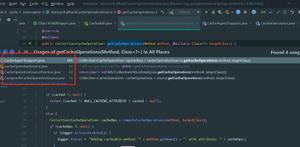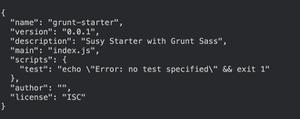antMatcher()和antMatchers()的Spring安全性应用
如果我们只需要保护一条这样的路径:
http.antMatcher("/api/**").authorizeRequests()....然后使用antMatcher()。
如果我们需要像这样保护多个URL路径:
http.authorizeRequests()
.antMatchers("/high_level_url_A/sub_level_1").hasRole('USER')
.antMatchers("/high_level_url_A/sub_level_2").hasRole('USER2')
...
然后使用antMatchers()。
回答:
HttpSecurity.antMatcher()将HttpSecurity实例的默认请求匹配器从AnyRequestMatcher
更改为AntPathRequestMatcher。ExpressionUrlAuthorizationConfigurer.ExpressionInterceptUrlRegistry.antMatchers()用于将授权规则应用于与当前HttpSecurity实例关联的端点的子集。
示例代码:
http .antMatcher("/api/**")
.httpBasic()
.disable()
.authorizeRequests()
.antMatchers("/api/user/**", "/api/ticket/**", "/index")
.hasRole("ROLE_USER");
在上面的示例中,所有与 / api / 或 / api /
ticket / ”) 将整个HttpSecurity实例的范围限制为该特定的AntMatcher。
下面的示例将确保HttpSecurity的范围包括之前的三个AntMatchers,并且仅包含其他内容:
http .requestMatchers()
.antMatchers("/api/user/**", "/api/ticket/**", "/index")
.and()
.httpBasic()
.disable()
.authorizeRequests()
.any()
.hasRole("ROLE_USER");
以上是 antMatcher()和antMatchers()的Spring安全性应用 的全部内容, 来源链接: utcz.com/qa/436491.html








